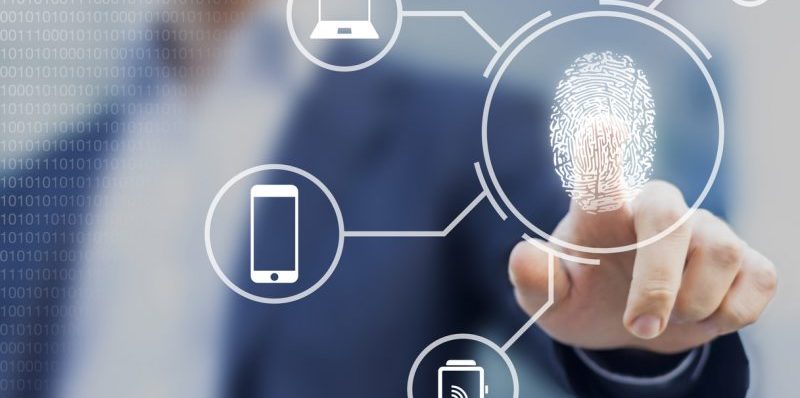This blog post is an excerpt from the recent GovLoop and Adobe pocket guide, HR Modernization: Breaking Down What You Need to Know. To download the full piece, head here.
Government agencies are under increasing pressure to adopt solutions that will streamline workflows and save money. From policy mandates to rising citizen expectations, here are a few factors that are making change inevitable.
Rising citizen expectations
By far the biggest driver of digital services transformation in government is new citizen expectations, driven by the customer-oriented, data-driven approaches now offered by most of the private sector. The majority of citizens aren’t only accustomed to instant gratification—they expect it. They want a personalized, relevant, and engaging experience with their government agencies right from the start. They have a specific checklist of demands, including seamless availability on all platforms and channels; uncluttered, easily digestible information; and clear, straightforward calls to action with no hoops to jump through.
Ability to attract and retain talent
In the HR area, besides meeting rising citizen expectations, retaining and attracting talent is a huge driver of digitization. A major difficulty facing the public sector is attracting and retaining the best employees. Salaries and opportunities for advancement and work must be desirable to compete with the private sector, as well as a workplace that is perceived as a digital, modern one. In response to the challenges of today’s hypercompetitive economy, digital technologies are increasingly ramping up HR leaders’ capabilities to more effectively attract and retain talent, as well as manage services and requirements in a more streamlined way.
Cost savings
The cost savings of moving to a digital HR process include productivity benefits from a staffing perspective; additionally, the money saved on shipping and mailing costs can be huge, depending on the volume of hiring. Significant benefits and savings also accrue in terms of paper and document storage. In a world where government is tasked with doing more with less, the efficiencies and cost savings of moving to electronic processes from paper-based ones are significant drivers.
Security needs
Threats are rapidly evolving, so public sector security must keep up. A week does not go by without news of another data breach exposing the personal information of many. To better protect themselves from a similar breach, agencies are updating their systems and looking for new strategies to secure their content. CIOs are recognizing that traditional network security is not enough to keep their content secure, especially in HR departments, which contain so much sensitive and private data.
Policy
New rules and mandates are driving agencies to change. At the federal level, there are new requirements to improve the management and promotion of electronic government services and processes as put into place by the E-Government Act of 2002. Since then, information security and electronic government policy mandates and recommendations have passed, driving even more digital change.





Leave a Reply
You must be logged in to post a comment.